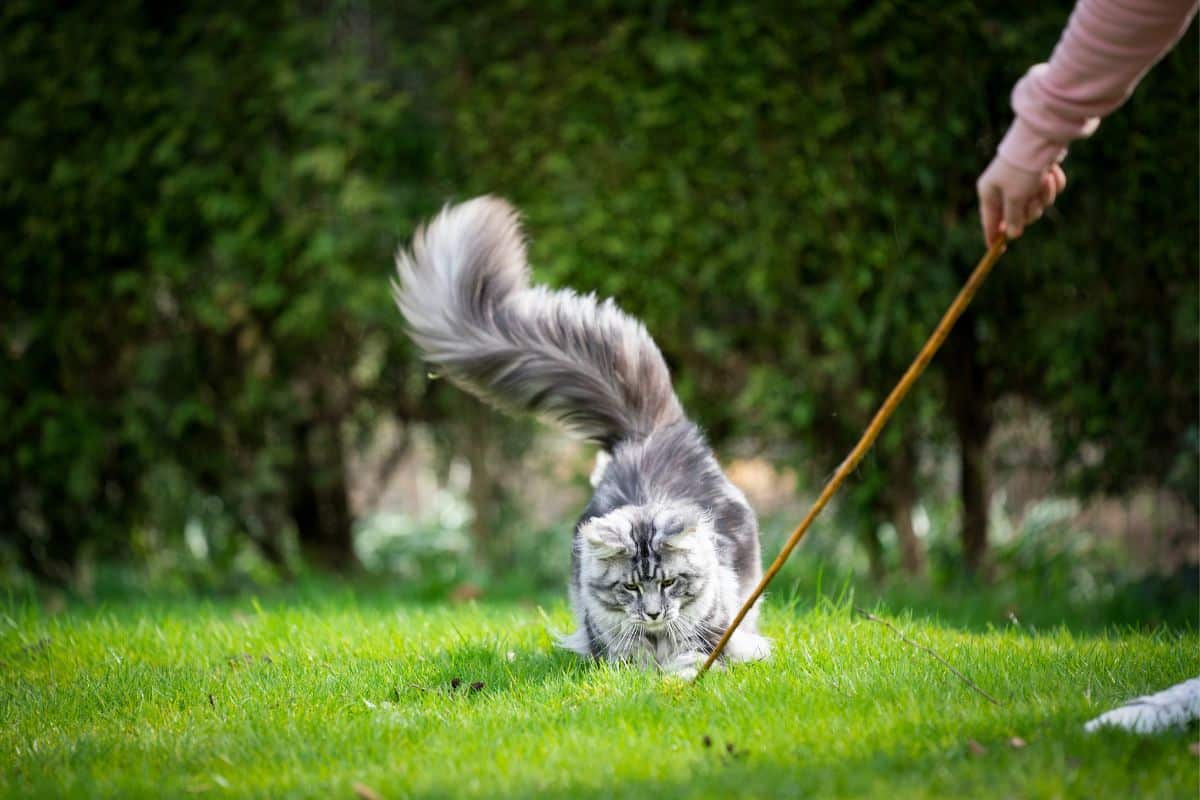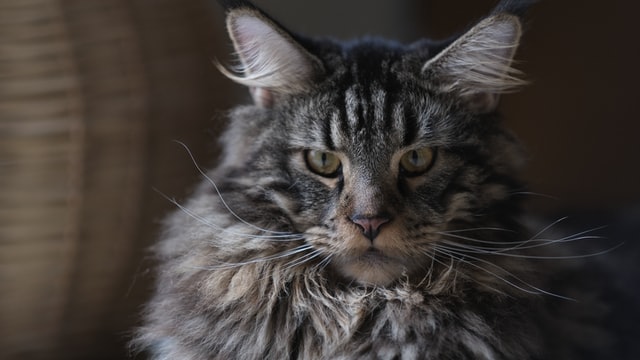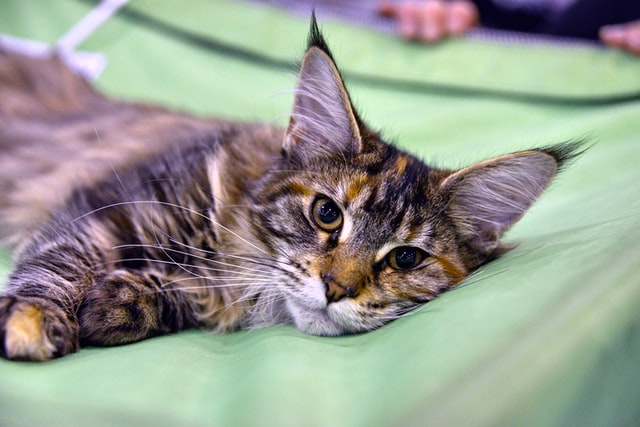Cats need to be entertained, it may seem that all they want to do is sleep, but that is not the truth. They need to be kept busy, to be entertained and interested in the environment around them. For some, it is not surprising that some kittens or adopted cats do know how to play fetch or just chase toys.

It looks like what they are doing is trying to another benefit of teaching your cat to do tricks, is that they stay active and healthier. Learning tricks also is good for your cat’s mental health. When a cat is bored, they may begin to show some destructive or aggressive behavior.
Spending time with your cat helps the two of you to bond. When your cat learns that you will play with him too, he becomes more involved in the activity. When you provide the stimulation that your cat neeit helps to keep their minds sharp. A cat has an instinct for outdoor living, even if they have never had to When you begin to work with your cat on training, make each experience a positive one.
The tough part is, knowing not to reward the cat if he or she does not do what is expected. However, if the cat does the trick, they should receive a reward of some sort. This could be difficult because there are cats who do not eat treats.
So the reward would need to be something that they truly enjoy. For instance, my Maine Coon, does not eat treats but does love to have his head rubbed between the ears. That is the reward he would choose each time if asked.
Again, if they are not able to do the trick or do what is asked, even if it is just a directive to walk to you, and the cat does not perform that. Do not rub his or her head, do not give a treat. This is part of the training experience.
This does not mean that scolding the cat, being negative or avoiding the cat is good for the cat. Punishing your cat for not succeeding, or even showing disapproval towards your cat will only make him have no trust in you. The playing would stop, the training would not continue.
Once the trick has been successfully learned, a new form of reward should begin. Too many treats can lead to an obese cat. This would only be detrimental to the health of your cat. The training sessions should be kept short in time length. Too long and the cat gets bored or frustrated and will stop on his or her own.
Easiest Tricks

There are obviously some tricks that your cat will have an easier time doing. Such as the high five. Cats like to swing or bat at objects so doing a high five with his or her human would be common play for them.
Other tricks will include the standards: Come, sit, lay down are others that will allow you to have some control over your cat’s movements. When teaching the cat tricks, as the owner you must remain patient. Give loads of positive reinforcement when the cat does what is asked.
Cats are not the same as dogs when it comes to doing tricks. A dog will learn to perform the tricks to please the owner. A cat is not impressed with impressing its owner. In all reality, the easiest trick, if you want to call it that, is a cat learning it’s name.
No products found.
Even when it comes to teaching a cat to use the litter box, stick with positive reinforcement and never scold the cat or the kitten. If they happen to drop their stuff outside of the litter box, pick up the feces and put it into the litter box. The cat will learn by smell what is supposed to go into the box.
When it comes to positive reinforcement, that may seem like it is a difficult task. Especially if the cat is showing unwanted behavior such as scratching the furniture. Rather than reprimand or be stern and use harsh words, show the cat where they can scratch. Have a scratching post and try to show the cat how to use it.
If you do not want the cat climbing up on the refrigerator or onto the top of the cupboards, buy a cat tower. There are many on the market that include a scratching post, a cubby to hide inside, multiple levels for them to jump or climb up. This will not only save your furniture, the cat is less likely to end up with injuries from jumping down off the cupboards or the refrigerator.
Agility Training

If you do have a cat that loves to climb or get into small spaces, a great idea would be to make an obstacle course of sorts for the cat. You can incorporate balance beams, climbing, crawling and other types of activities.
This may take more time as you begin to teach the cat. In order for them to follow the course, you may need to use treats or clickers. Something that draws their attention and urges them to move to wherever you are directing them to.
No products found.
For instance, to get them through a tunnel, show them the toy or treat at the opening and move it to the end of a short tunnel where the cat could see it if he or she looks. It may take a few tries of putting the cat back to the opening rather than jumping on top and walking on the top of the tunnel.
With positive reinforcement the cat will begin to understand. It would work the same with climbing to the top of the tower. You may need to start with a treat showing and then place it on the second level, but overhand the treat a little so that the cat can see and smell it.
The next level, allow the cat to see the treat in your fingers and watch as you set it on the next level. Continue to try until the cat recognizes what it is you want the cat to do. The end reward would be the treat that you are using them to get to the top.
Do Not Give Up

As always, remember that a cat can be a quite aloof creature. They seem to want attention when they want it, not always when you want to give it. If the cat is nudging you for attention, give it some attention. It learns that you do pay attention. When you want the cat to pay attention to you, call it’s name and reward it with positivity if the cat comes.
Never listen to the naysayers that say a cat cannot be trained to do tricks. You furry feline can learn anything it wants to learn, within reason. It takes longer than it may to train a cat, than it does a dog. However, the little kitten antics and adult cat antics are priceless when your cat is trying to have fun.
Yes, cats do enjoy playing. It is hard for them to ask, unless of course their toys are within their reach and they carry it over to you. That would be an obvious sign that your kitten or cat wants to play.
Basic Leash

There are actually many cats who take to leash training very well. For those who live in busy cities, let it be known that your cat does like to have fresh air, to get out and smell the grass and the flowers. In order to do this however, they need to be used to being on a leash.
There are many who will fight at all costs to not have the leash hooked up, some will just roll over and over while wrapping the leash around its body. Yet, there are still others who will lay down and refuse to move.
The first few times you may have to carry the cat to get it outdoors. Set the cat down and let him or her look around for a bit. Pretty soon, the innate sense of curiosity will get too much and the cat will have to take a step or two, maybe more. Then before you know it, the cat may be at the door asking to go for a walk with you.
A little bit of effort on your part and your cat will learn tricks, enjoy playing and even tak walks with you outside. Cats may be fickle creatures, but they are so much fun once you and he both learn what it takes to play nicely with each other. Lastly, if the cat jumps or falls down, be sure to check for injuries. If you are in doubt, get the cat checked out by your veterinarian.




